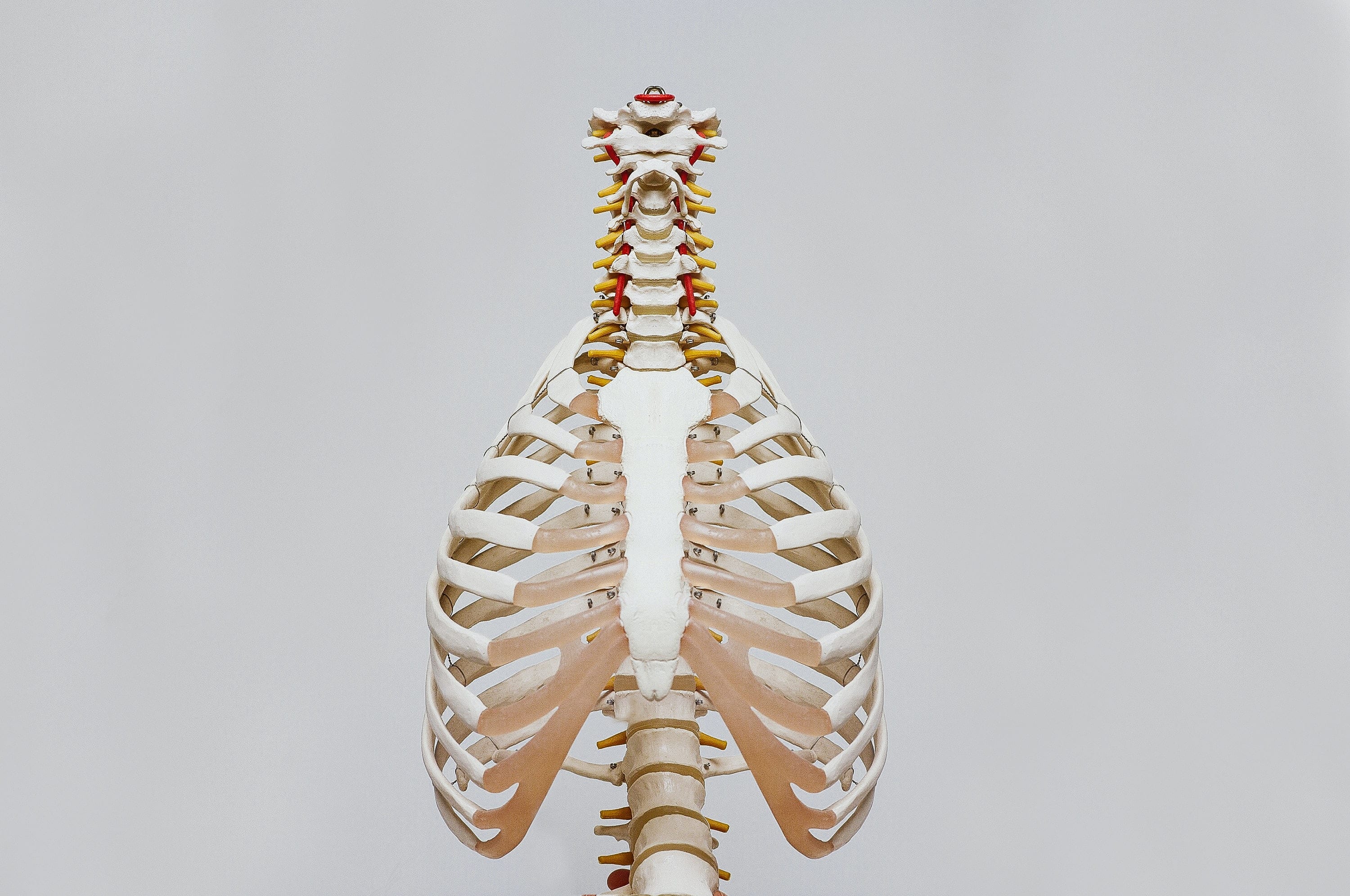The Importance Of Good Posture
All dance performances require technical skills, flexibility, and physical strength. In ballet, dancers focus on postural stability to execute different techniques. Ballerinas require a higher level of control of their muscles to perform intricate movements with precision and hold positions for extended periods, all while looking incredibly elegant and graceful. Correct posture and body alignment are crucial to perform strenuous routines and avert intrinsic risks of injury. The importance of good posture is not just limited to ballet dancers. Good posture encourages optimal functioning of our systems. It evenly distributes pressure across all joints so that no single structure is overly stressed. In contrast, poor posture and body alignment can have a myriad of side effects on the body such as back and muscle pain, indigestion, impaired breathing, inflexibility, etc.
Good posture is of utmost importance. Why, do you ask? Good posture facilitates maximum competence control of muscles with minimal effort. The positive attributes of good posture and body alignment are:
- Efficient muscle function.
- Prevention of abnormal wear and tear in joints muscles.
- Reduced stress on spinal ligaments.
- Prevention of muscle fatigue.
- Minimises the risk of sprain and strain injuries.
- Minimises the risk of back pain.
- Creates an illusion of taller appearance.
The negative implications of poor posture can hinder anyone’s ability to function productively, especially that of a dancer. Let’s begin our journey of attaining good posture with an understanding of the anatomical and biomechanical rationale of correct alignment.
Posture refers to the alignment of weight-bearing joints in standing, sitting, and performative movements like lifting, bending and twisting. Our spine has three natural curvatures that need to be aligned correctly so that the bodyweight is evenly distributed over both of the feet. The three curves include cervical curve, thoracic curve, and the lumbar curve. Cervical curvature is the curve of the neck which is slightly bent forward. Thoracic curvature represents the upper and mid-back curve which is slightly bent backwards. The lumbar curvature is the curve in the lower back that has a slight forward bend.
Posture is affected by genetics, gender, race, socioeconomic status, profession, and exercise. Postural habits, (both good and bad), are designed by our lifestyle. A sedentary lifestyle where one spends most time sitting, can have negative consequences on our posture. It leads to protrusion of the neck and back.
An ideal posture would have no lateral curvature of the spine from a back view, and the alignment of the legs would be symmetrical without angulation at the knees or ankles. The side view of the spine should form an S-shaped curve. This ideal alignment evenly distributes the bodyweight on the spine and the joints in both upper and lower extremities, thereby reducing pressure on intervertebral discs. Static positions like sitting and standing, when done incorrectly, can incite misalignment of muscles and bones. Over time, this misalignment leads to muscle fatigue, and back and neck pain.
Ballet workouts can help you strengthen your back and shoulder muscles as well as improve your flexibility. These easy at-home exercises are designed to help you achieve the elegant posture of a ballerina.
1. Core Activation – Lying on your back with your feet on the floor, legs parallel, take a large inhale and fill your lungs with air. As you exhale gently draw your lower abdominals towards your spine. This is a very subtle movement and contraction and should not be done forcefully. Hold the contraction for 10 seconds, release, and repeat. Try your best to breathe normally throughout.
2. Bent over row – This exercise can be done with a barbell bar, hand weights or a band underneath both feet. Stand up straight, feet shoulder-width apart, keep your shoulders back and head up. Bend your knees and begin to lean forward pushing your hips back, maintaining a natural arc in your lower back. Bring your elbows behind you, lifting the bar into your upper abs. Squeeze your shoulder blades together at the top of the move, briefly pause then lower the bar.
3. Alternating tendu derrière – This TLB (Train Like a Ballerina) exercise is fantastic to not only strengthen the upper body, hamstrings and glutes but also combines coordination and movement, making it one of our personal favourites! Lying on your stomach on a mat, lift opposite arm and leg (right arm up, left leg up and vis versa). Come up for 2 counts, down for 2 counts, switch to the other side and continue to repeat alternating on each repetition. Ensuring you’re not jolting up and down in any way. This exercise is not about how high your body comes but how long your muscles are under tension.
Train Like a Ballerina is a ballet-inspired fitness program designed to help dancers gain strength & flexibility anywhere, anytime. Master your ballet techniques with our weekly workout updates. Train like a beast, look like a ballerina. Reach us at- hello@trainlikeaballerina.com.







